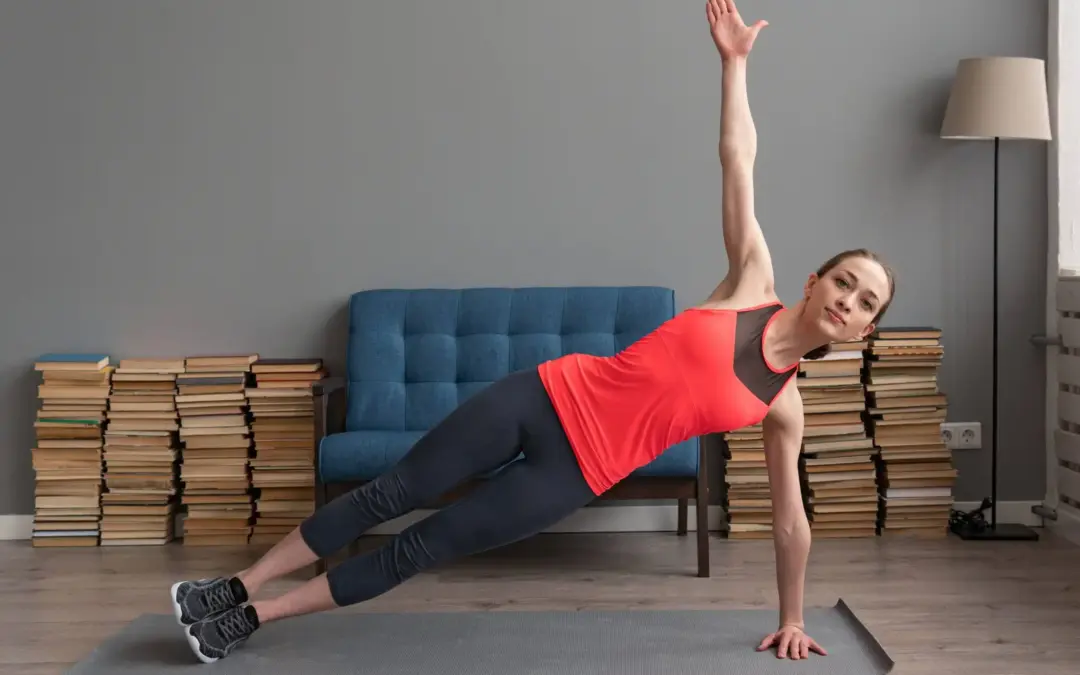Introduction
Week 7 of the Applied Fundamentals course at Fluid Health and Fitness advanced our exploration of frontal plane mechanics into the swing phase. This week examined how the cervical spine, thoracic spine, and lower extremities coordinate during lateral limb advancement to preserve balance, visual orientation, and postural control.
Fluid’s movement philosophy—structure before conditioning, movement quality before intensity—guided every component, emphasizing symmetry, control, and coordination during dynamic transitions. The ability to counterbalance lateral weight shifts is essential for efficient gait and athletic performance.
Why It Matters
In the frontal plane, the swing phase challenges the body’s ability to stabilize from head to toe. The cervical spine must maintain visual alignment, the thoracic spine counterbalances trunk displacement, and the hips and knees guide leg trajectory. Dysfunction at any level leads to compensations that affect balance, breathing efficiency, and neuromuscular control.
Step-by-Step Breakdown of Week 7
|
Day |
Focus Area |
Objective |
|
Day 1 |
Cervical & Cranial |
Preserve visual and vestibular stability during lateral movement. |
|
Day 2 |
Thoracic Spine |
Stabilize trunk and support respiratory control during swing. |
|
Day 3 |
Hip & Knee Joints |
Ensure leg alignment and control for safe, efficient swing mechanics. |
Core Concepts Reinforced
- Cervical and Cranial Mechanics (Day 1)
- Neutral Cervical Alignment: Maintains natural lordosis and centered head position.
- Cranial Leveling: Ensures visual and vestibular stability.
- Muscles:
- Ipsilateral (active side): SCM, scalenes, upper trapezius.
- Contralateral (stabilizers): Splenius capitis, levator scapulae, semispinalis.
- Dysfunctions: Excessive lateral flexion (>10-15°), cranial tilt, poor vestibular feedback.
- Thoracic Swing Stability (Day 2)
- Neutral Alignment: Ribcage remains level; thoracic spine minimally flexes laterally.
- Functional Movements:
- Lateral flexion toward swing side (5-10°).
- Ribcage compression (concave) and expansion (convex).
- Muscles:
- Concentric: External/internal obliques, thoracic erector spinae.
- Eccentric: QL, multifidus, contralateral obliques.
- Dysfunctions: Thoracic rigidity, asymmetrical breathing, excessive trunk sway.
- Hip and Knee Swing Mechanics (Day 3)
- Hip Positioning:
- Femoral head centered in acetabulum.
- Slight pelvic drop on swing side facilitates hip adduction.
- Knee Alignment:
- Avoid excessive valgus/varus.
- Control through medial/lateral stabilizers.
- Muscles:
- Hip abductors: Glute medius, TFL.
- Adductors: Gracilis, pectineus.
- Knee stabilizers: VMO, IT band, vastus lateralis.
- Dysfunctions: Hip hike, scissoring gait, knee collapse, overpronation.
Preparation: Postural Awareness and Control
- Cervical: Mirror check for head tilt; assess range during gait.
- Thoracic: Evaluate rib movement with breath; look for trunk shift in walking.
- Lower Body: Observe hip drop or knee valgus in swing; use single-leg balance as a screen.
Corrective Drills and Neuromuscular Training
- Cervical-Cranial (Day 1)
- Postural cueing, mirror feedback.
- Lateral neck stretches, suboccipital releases.
- Isometric holds, resisted side-bending, balance drills with head turns.
- Thoracic Spine (Day 2)
- Foam rolling, side bends, diaphragmatic breathing.
- Side planks, Pallof presses for anti-lateral flexion.
- Controlled lateral shifts to reinforce trunk-pelvis integration.
- Hip & Knee (Day 3)
- Hip mobility: Side lunges, lateral swings.
- Strength: Clamshells, band walks, step-ups, lunges.
- Knee control: Resisted leg extension, balance drills.
Aftercare: Real-World Integration
- Practice walking with cervical alignment and head level.
- Cue breath into lateral ribs to improve thoracic expansion.
- Monitor swing-side hip drop and trunk sway during running or lateral drills.
- Reinforce symmetrical leg control during dynamic movement.
Checkpoint Questions
- What limits cervical stability during swing mechanics?
- How does thoracic lateral flexion support gait balance?
- What causes hip hike or scissoring gait, and how can it be corrected?
- Which muscles prevent excessive knee valgus during leg swing?
Conclusion
Week 7 built upon foundational frontal plane mechanics by training swing-phase integration across the upper spine, torso, and lower limbs. When the cervical spine maintains visual orientation, the thoracic spine stabilizes against sway, and the hips and knees coordinate effectively, the result is efficient, injury-resistant motion.
By focusing on symmetry, proprioception, and muscular integration, you reinforce movement patterns essential for advanced function. This prepares your body for performance settings that demand speed, agility, and precision.
Align the head, stabilize the trunk, and swing with balance



